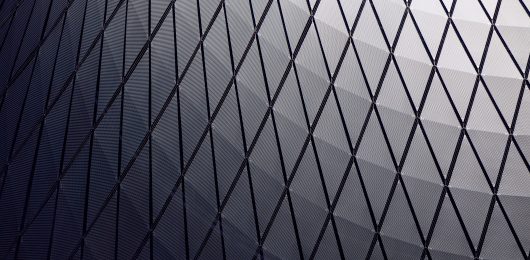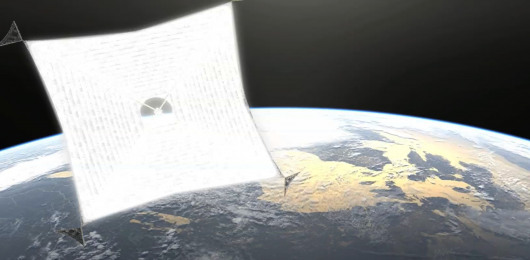Reflecting the sun safe
Reflecting only a small amount of sunlight can have a direct and significant effect on Earth's temperature. That's why many geo-engineering projects are fucussing on albedo solutions on the ground or in the atmosphere. But why should we expose ourselves to experiments in our backyard? Why risking our precious environment to such plans? Earth is not a test site.
Can we keep the enemy on a distant? Yes! This is the Umbrella Project.
Let's design a flexible and lightweight film incorporating a mesh, shaped from memory alloy, which can be fully folded. A spacecraft will bring this cargo to a synchronous orbit, so it will appear to be suspended motionless between Earth and sun.
Once in this position, and in a weightless environment, the thin film will be stretched out by inside memory alloy. Four micromotors are mounted on each of the umbrella's edges, so it can be fully controlled. According to my preliminary calculation - take SpaceX's Falcon Heavy Rocket for example - each rocket mission can send at least 6km² of reflective surface to the intended location.
With mere $10 billion, more than 100 umbrellas can be deployed, reducing the sun's rays by 810 million KW, enough to counteract global warming. This is just rough estimation and I invite you all to improve and finetune these premisses. Let's go for it!
Looking forward to collaborate!
Xia Langmeng







